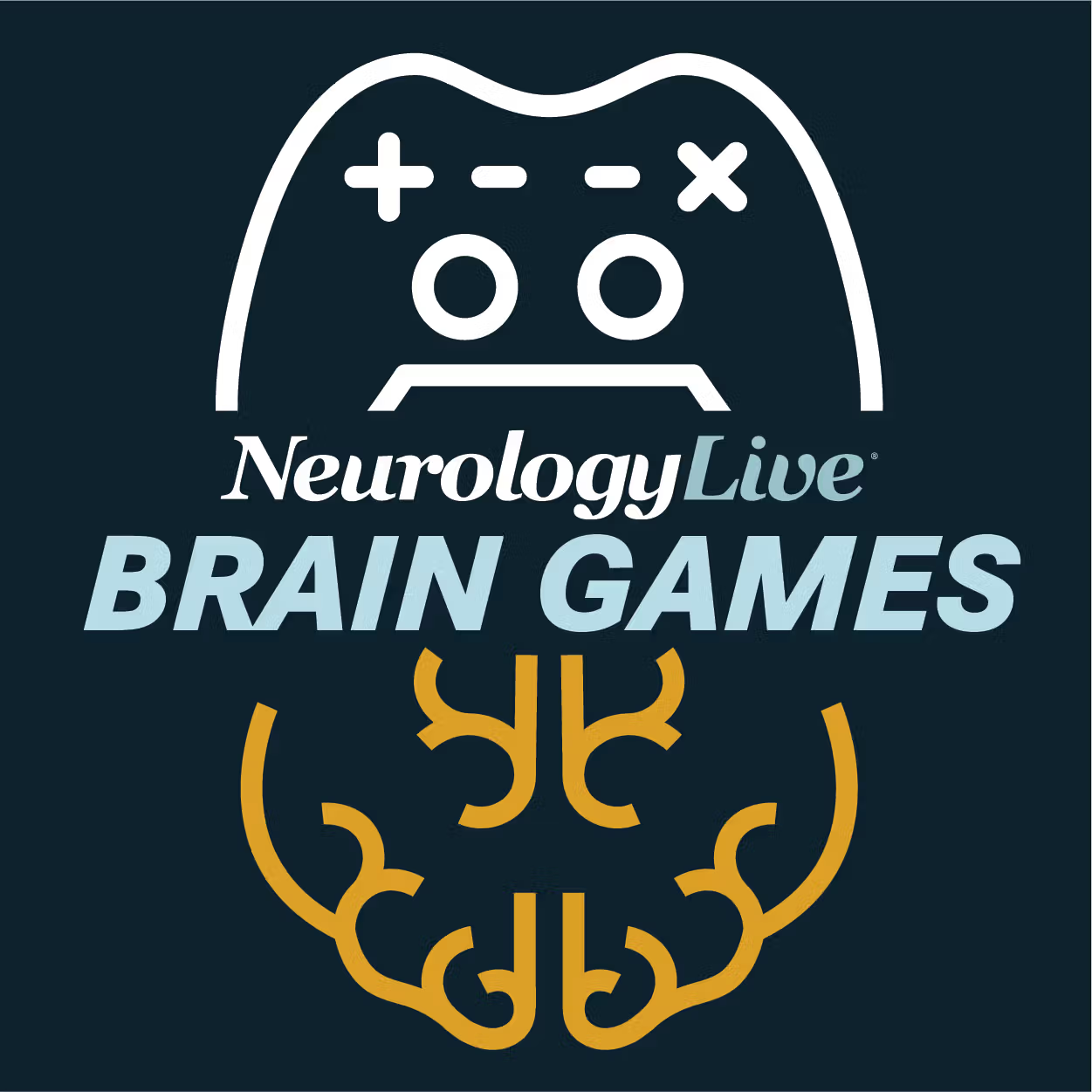News
Article
Real-World Data Reveal Concern of Infections in Efgartigimod for Myasthenia Gravis
Author(s):
Key Takeaways
- Efgartigimod treatment in myasthenia gravis patients showed a higher infection rate compared to immunoglobulins, with 37% of reports involving infections.
- Serious infections and hospitalizations were more likely with efgartigimod than with immunoglobulins, highlighting a significant safety concern.
Patients treated with efgartigimod for myasthenia gravis were found to have a higher incidence and severity of infections compared to those treated with immunoglobulins.
Elisabetta Poluzzi, PhD, PharmD

Data from more than 5000 reports from the FDA Adverse Event Reporting System (FAES) showed that infections were a concern for patients with myasthenia gravis (MG) treated with efgartigimod (Vyvgart; argenx) or immunoglobulins, accounting for more than one-third of cases for efgartigimod. In addition, findings demonstrated a higher likelihood of serious infections and hospitalization in efgartigimod vs immunoglobulins.1
Presented at the 2025 American Academy of Neurology (AAN) Annual Meeting, held April 5-9 in San Diego, California, infections represented 37% (n = 557) of the reports for efgartigimod vs 24% (n = 107) of those for immunoglobulins. Patients on efgartigimod, a neonatal fragment crystallizable receptor (FcRn) inhibitor, were more likely to have serious infectious events (92% vs 70.65%) and to result in hospitalization (52% vs 23.72%) than for immunoglobulins.
Led by Elisabetta Poluzzi, PhD, PharmD, a professor in the Department of Medical and Surgical Services, University of Bologna, the data comprised of 5643 reports from the FAES from 2022-2023. Among these, reports suspected to efgartigimod and immunoglobulins accounted for 1499 and 443 events, respectively. All told, in the disproportionality analysis for the period 2022-2023, only 1 signal emerged for immunoglobulins, while 12 signals were identified for efgartigimod alfa related to various types of infections, including respiratory and viral infections.
READ MORE: AXS-07 Outperforms Other CGRP-Targeting Gepants in Meta-Analysis
Efgartigimod was first approved for the treatment of generalized MG in adults who are anti-acetylcholine receptor (AChR) antibody-positive in December 2021, marking its first approval.2 Years later, in 2023, the FDA expanded its indication to treat primary immune thrombocytopenia (ITP) in adults who have had insufficient response to previous treatments.3 In addition, during that same year, the agency also gave greenlight to a subcutaneous formulation of efgartigimod. More recently, in mid-2024, the drug gained another expanded indication for the treatment of chronic inflammatory demyelinating polyneuropathy (CIDP).4
Efgartigimod’s original approval in MG was based on data from the phase 3 ADAPT trial (NCT03669588) and its clinical profile was further studied in the ADAPT+ open-label extension (OLE), lasting up to 3 years. In the OLE, patients received efgartigimod treatment in cycles of 4 intravenous infusions at 10 mg/kg per week. In terms of the safety of efgartigimod, treatment-emergent AEs were reported in 84.8% (n = 123) of patients, the most being headache (24.8%), COVID-19 (15.2%), and nasopharyngitis (13.8%).5
Overall, serious treatment-emergent AEs (TEAEs) were found in 23.4% (n = 34) of patients, with fatal TEAEs representing 3.4% (n = 5) of the cohort. In addition, any infections, considered AEs of special interest (AESI), were found in 55.2% (n = 80) of patients in the OLE, with infusion-related reactions also occurring in 10.3% (n = 15) of participants. Notably, none of the TEAEs with fatal outcomes were considered to be related to efgartigimod treatment, as assessed by the trial investigators.
Click here for more AAN 2025 coverage.





